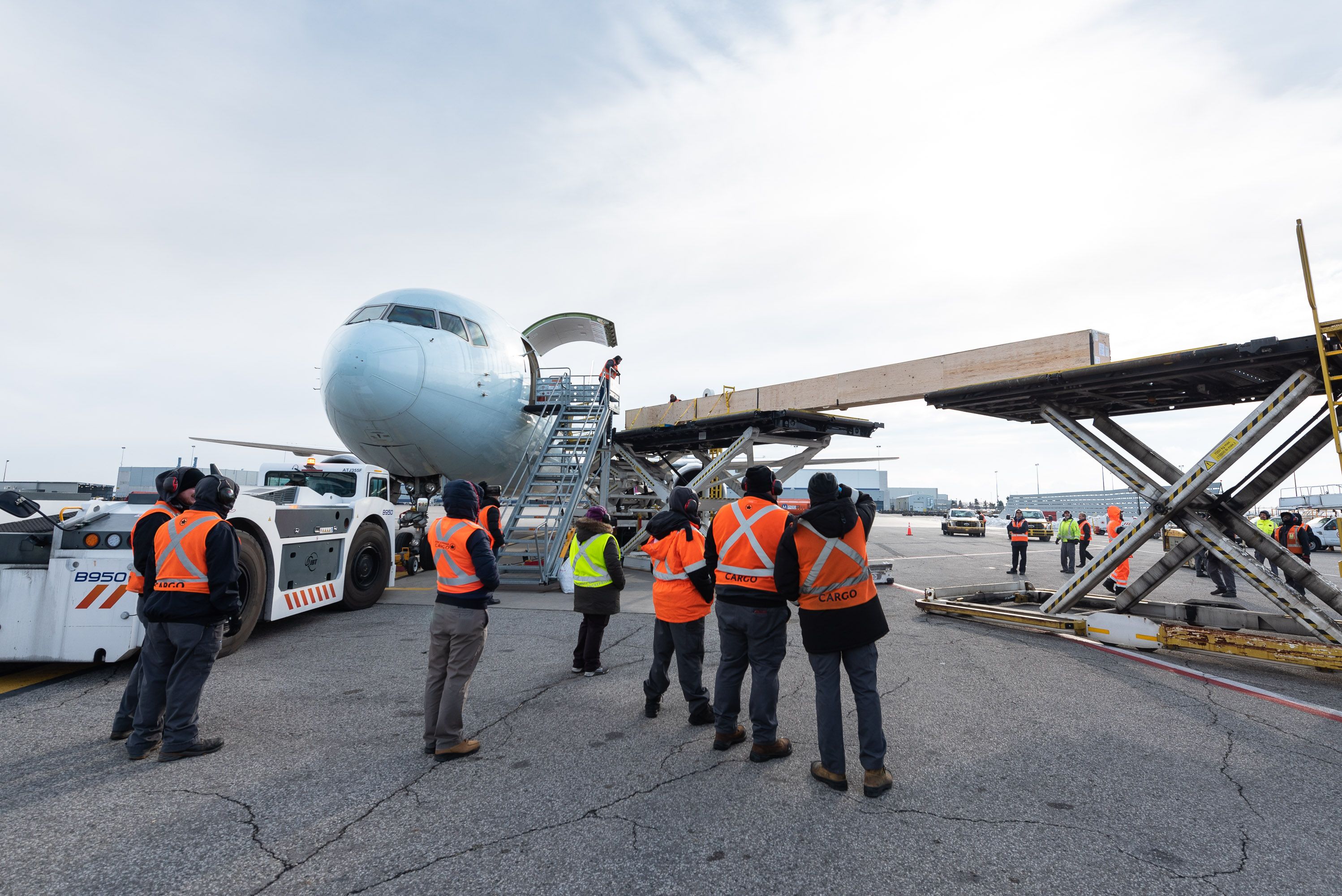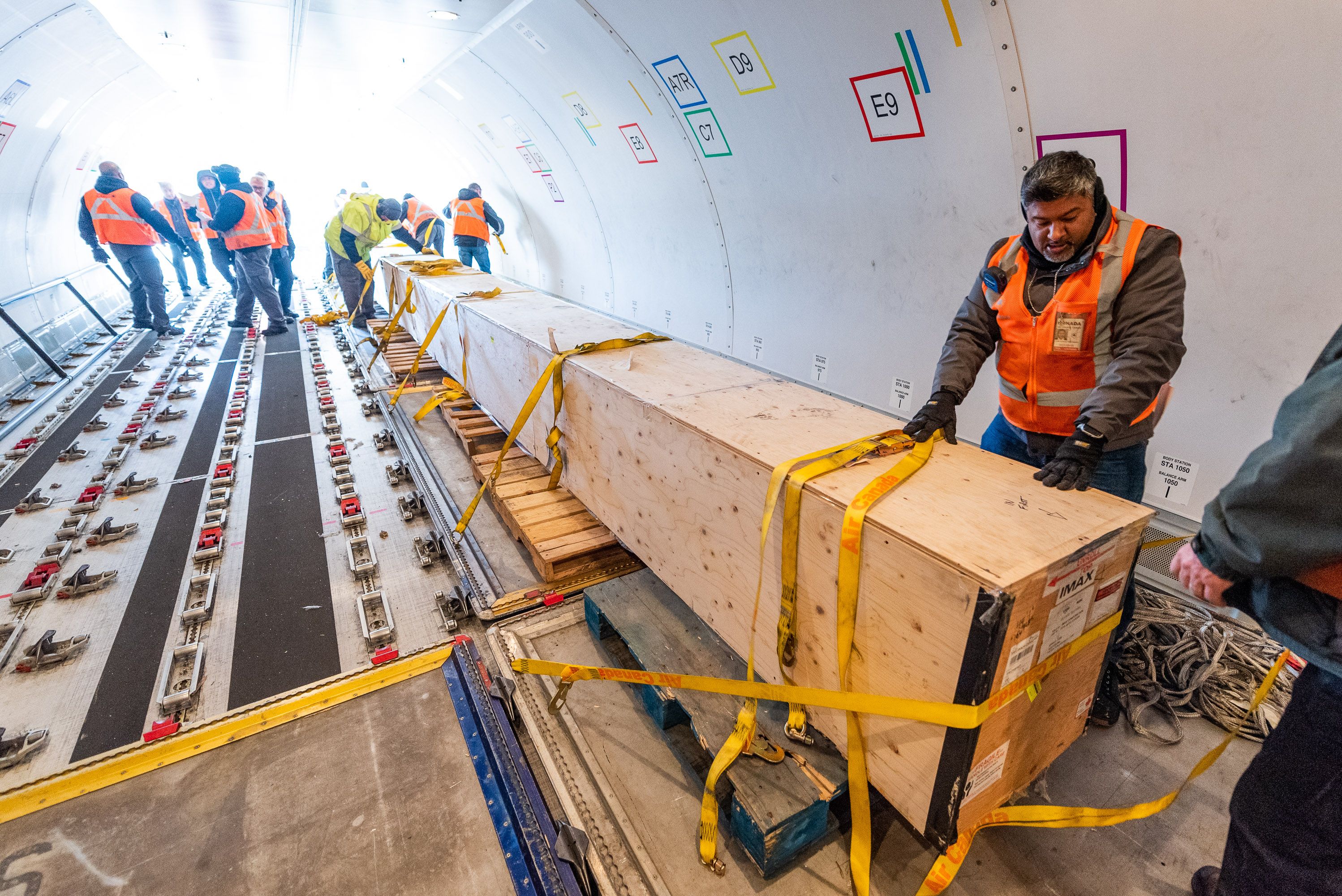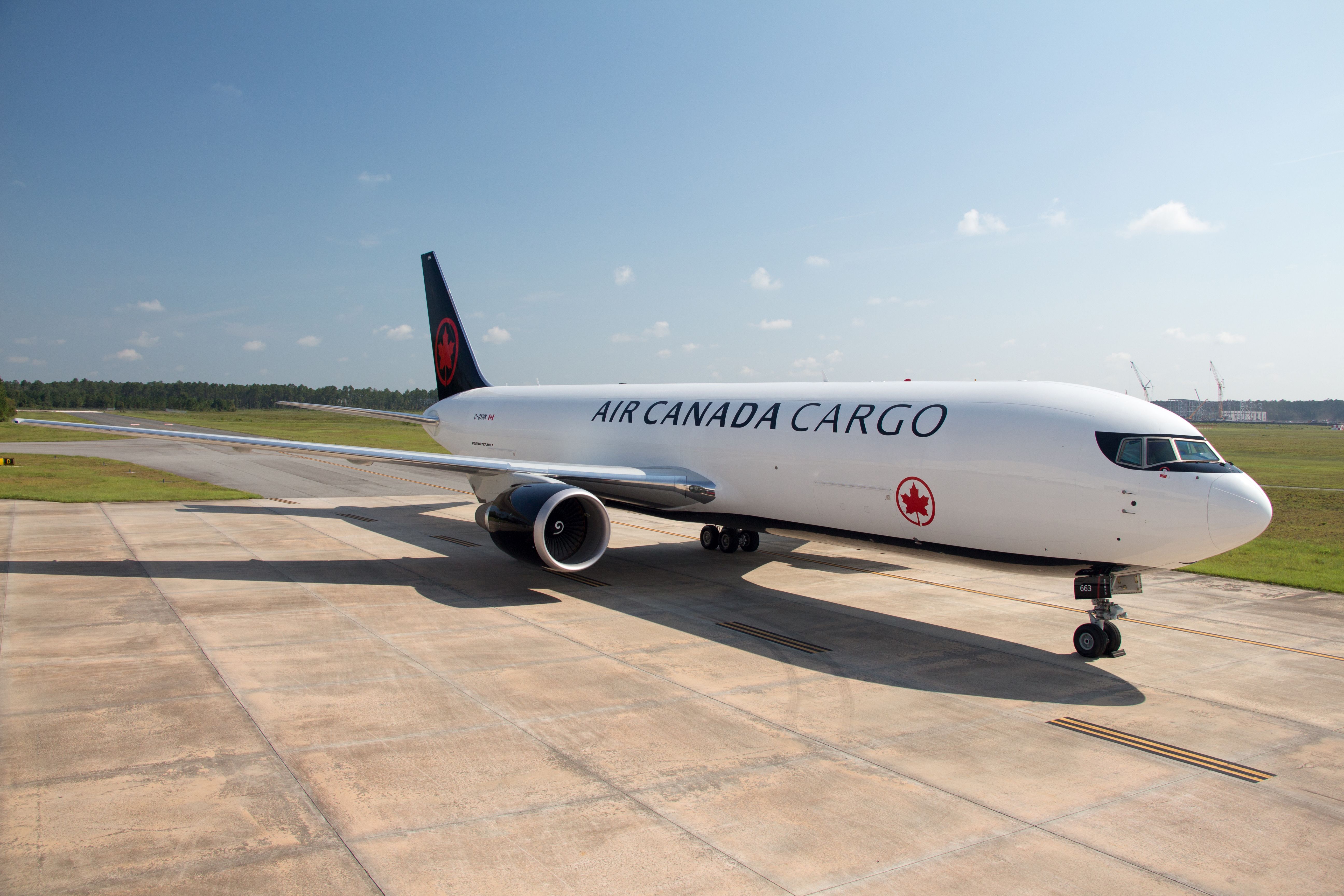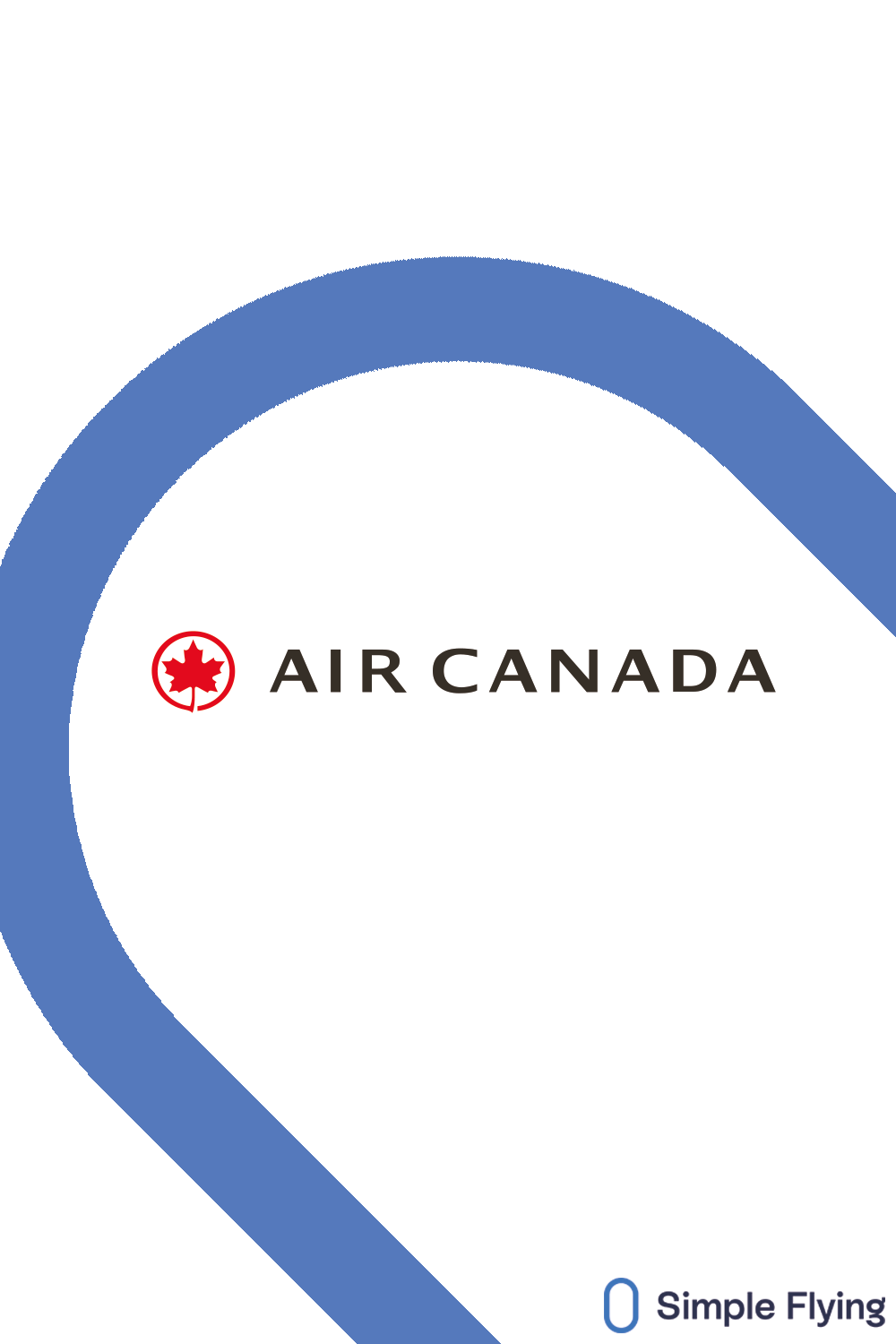Air Canada has successfully flown its longest-ever cargo item on a Boeing 767. The airline managed to fit the 44-foot-long, 800-kilogram crate - containing a huge IMAX screen - into one of its Boeing 767-300Fs after several hours of "outside the box" thinking. Let's take a closer look at this fascinating story below.
Air Canada transports huge IMAX screen
The carrier's cargo division, Air Canada Cargo, completed the special assignment in partnership with OEC Canada, a global freight forwarder. The cargo assignment, carried out in November, involved transporting a massive IMAX screen from Toronto to Quito, Ecuador, in time for the premiere of James Cameron's 'Avatar: The Way of Water' in mid-December.
Marc Bibeau, President and CEO of OEC Canada, said,
"OEC and Air Canada Cargo were able to put their knowledge and experience to work to find an outside-the-box solution to ship the screen to its final destination. In doing so, that saved several days off the shipping time and avoided the need to move the screen through a US gateway, ensuring the screen arrived on site in a timely manner so the show could go on. I am extremely proud of the work done by both our teams to get the job done."
Air Canada had never before flown such a large item, meaning its team "literally had to write the manual on how to properly and safely ship the screen." According to movie website NoFilmSchool, the average IMAX screen size is around 72-foot x 50-foot (22-meter x 16-meter), considerably larger than conventional movie screens which measure on average 50-foot x 20-foot (16-meter x 6.1-meter).
Mark Welton, President, IMAX Theatres, added,
"Air freighting one of our massive screens is by no means a regular occurrence for an IMAX installation, but the anticipated premiere of James Cameron’s ‘Avatar: The Way of Water’ in Quito was certainly a good reason to do it. We wanted to do everything we could to meet the very tight deadlines of our client, and we couldn’t have done it without the expertise of our partners at Air Canada and OEC. We want to thank everyone involved who helped make this happen!"
How did they get it done?
It was no easy feat to cram such an elongated shipment onboard a Boeing 767 - the airline claims it took several hours of "methodical movements" and the use of "creative solutions" to get the job done.
Mamun Ansari, Cargo Operations Engineering Manager at Air Canada Cargo, said,
"We had to think outside the box because this was something we never did before, and despite some initial thoughts of ‘what did we get ourselves into,’ everyone on the team bought into the challenge and was excited to solve this puzzle. We felt it would be a real feather in our cap."
Ansari was put in charge of developing an engineering plan, which included "building a mock-up of the crate using ABS pipes to ensure a proof of concept was developed." When it came time to load the crate, the cargo team used two loaders, placed at a canted angle to the aircraft, which simultaneously raised the crate. Inside the freighter, a team of 20 Air Canada employees were on hand to maneuver the crate into position, which reportedly took up most of the day.
As you can imagine, unloading the crate would be an equally difficult challenge once the plane landed in Quito. The team needed three loaders to get the IMAX screen unloaded safely before it made its way to the client - the Supercines Riocentro Quito, the first IMAX room in Ecuador.
Discover more aviation news with Simple Flying.
About Air Canada's cargo fleet
Air Canada Cargo operates with five Boeing 767-300Fs having recently welcomed two new freighters into its fleet. Its two newest 767s are just over a year old, while its two oldest freighters, both P2F conversions, are over 33 years old.
Simple Flying has reported extensively on the growth of Air Canada's dedicated cargo operations in the last couple of years. The carrier announced its first dedicated Boeing 767 freighter routes in the summer of 2021 before launching transatlantic cargo services in 2022 - the airline eventually hopes to operate with a fleet of eight Boeing 767Fs, which will include more P2F conversions from its passenger 767 fleet.
Have you ever worked in the air freight industry? What is the most unusual cargo assignment you have been involved in? Let us know your stories in the comments.
Source: NoFilmSchool




.jpg)
